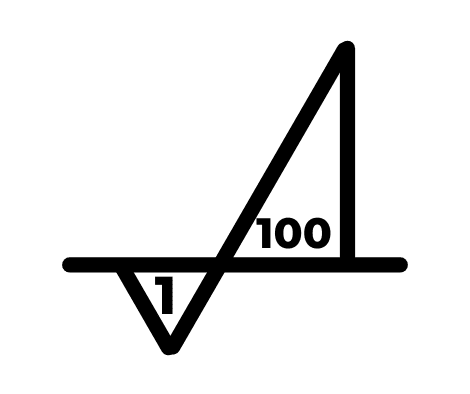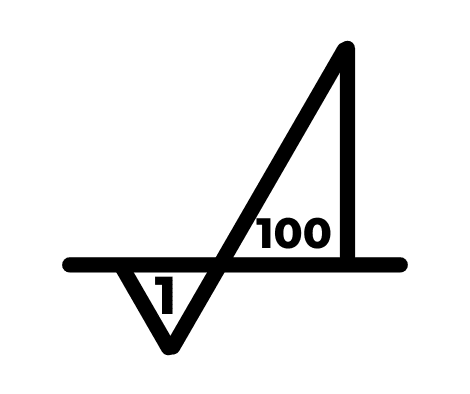About Author
Brett's writing has been featured by outlets like Outreach Magazine, Church Tech Today, and the Unstuck Church Group. Brett's courses on church marketing have over 10,000 students in 143 countries. Brett is also the author of The Digital Ministry: Reaching the ends of the earth without leaving home and is the marketing director at Clickmill.co. Brett has consulted with ministry leaders internationally, helping them create custom marketing strategies that get results. After four years of Christian college, Brett worked at Christian discipleship schools, Christian camps, and was a Youth Ministry Directory at the Salvation Army. He later spent six years in sales and marketing. Through Clickmill, Brett helps ministry leaders implement effective digital marketing strategies so they can reach more people, more effectively. Brett and his wife Siomara live in Honolulu, HI.
Asymmetric Resource Allocation (Reedited)
VIDEO SCRIPT CHAT GPT
Welcome to today’s video, where we’ll explore the concept of asymmetry in resource allocation for your ministry. By understanding how to use your resources effectively, you can maximize the fruitfulness of your ministry.
[Heading 1: The Concept of Asymmetry]
Asymmetry means “not equal.” When you use your ministry resources, you put them into a system (such as a program), and the system gives you an output. Your output can be greater than, equal to, or less than the input. Our goal is to create a positive asymmetry, where the output is greater than the input.
[Heading 2: Two Rules of Resource Allocation]
The #1 rule of resource allocation is to NEVER LOSE RESOURCES. The #2 rule of resource allocation is to INCREASE RESOURCES. These rules are in this order because it’s easier to avoid losing resources than it is to generate an increase in resources.
[Heading 3: Creating Time for Fruitful Ministry]
As long as you avoid wasting ministry resources, you can create enough time to find out which systems will bear fruit for your ministry. The ultimate goal is to create a significant positive asymmetry, where you can input one resource and get a hundred back.
“Still other seed fell on good soil, where it produced a crop—a hundred, sixty or thirty times what was sown.” (Matthew 13:8)
[Heading 4: Different Types of Resources]
Be aware that when you invest resources into your ministry, you might receive a different type of resource in return. For example, when you go to work, you put in your time and get money in exchange. Consider the resources you’re investing and the resources you’ll receive from each transaction.
[Outro: Maximizing Your Ministry’s Potential]
That’s it for today’s video on understanding asymmetry in resource allocation for your ministry. By mastering these principles, you can maximize your ministry’s potential and make a more significant impact.
DISCUSSION QUESTION: Now we’d like to hear from you: Can you share an example of how you’ve successfully created positive asymmetry in your ministry? Tell us about your experience and the resources involved in the comments below!
VIDEO NOTES:
Asymmetry is just another way to say “not equal”. A means “not”, symmetry means “equal”. When you use your ministry resources, you put them into a system (such as a particular program) and then the system gives you an output. Your output must be greater than, equal to, or less than the input.
The symbol below indicates Asymmetry. The input on the left is small there than the output on the right.

When you lose resources, it looks like the image below. You lose 1 (or more) resources when you input them into your system. you then get even loose even more out of the system.

In the image below, the resources put into the system and the outflow are the same. While better than losing your resources asymmetrically, this is still a waste of time. All that happens in the image below is one resource is transferred into an equivalent amount of some other resource.

When you allocate resources, you ideally want to see what is represented in the image below. For every single resource you put in, you get an asymmetric output to the upside.

Now that we understand this, let’s discuss the two rules of resource allocation.
The #1 rule of resource allocation is to NEVER LOSE RESOURCES.
The #2 rule of resource allocation is to INCREASE RESOURCES.
The rules are in this order for a specific reason. It is much easier to not lose resources than it is to generate an increase in resources.
For example, you can probably think of 100 ways not to lose money with 100% efficiency.
But it’s much harder to think of even ten ways you can make more money with 100% efficiency.
As long as you avoid burning ministry resources, you can create enough time to find out which systems will create more resources (bear fruit) for your ministry.

In the image above, you see that the system input is 1 and the output is 100.
This is the idea behind the following verse in Matthew:
“Still other seed fell on good soil, where it produced a crop—a hundred, sixty or thirty times what was sown.” Matt 13:8
In this course, we will be aiming to produce 100-fold the seed you sow.
As you begin, you will find opportunities where your ministry can create just a little resource asymmetry (inputting 1 resource and getting 1.5 resources back).
As you refine your skill, you will find opportunities to put in 1 resource while getting 100 back. This is the ultimate goal, and you can reach it.
One final thing to be aware of is that when you insert a resource into your ministry, it’s common to get a different type of resource out in return.
When you go to work, you put in your time, and you get money in exchange. Carefully consider what resources you are putting in and what resources you will get out of each resource transaction.
DISCUSSION QUESTION: Now we’d like to hear from you: Can you share an example of how you’ve successfully created positive asymmetry in your ministry? Tell us about your experience and the resources involved in the comments below!


Leave a Reply